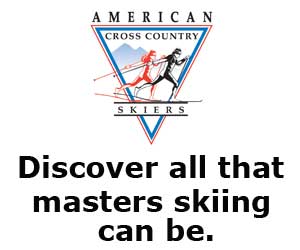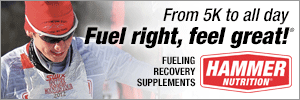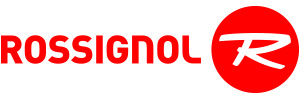Cross Country Ski Waxing and Base Prep
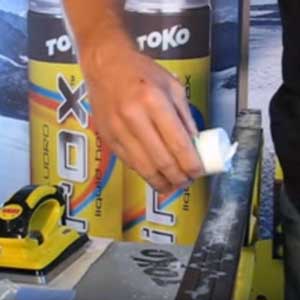

The right way to apply a Toko Tribloc HF Blue and XCold Powder mix
2/2/2016 - By Ian Harvey
The XCold Powder makes your skis have better breakaway speed - they accelerate better in cold snow...but only if you apply it correctly!


Don't forget to wax your skis for the summer!
3/25/2015 - By Ian Harvey
Red is our choice for storage waxing as Blue is so hard that it is more difficult to make sure that there is no air between the ski and base and Yellow is so soft that it gets "eaten away" quicker.
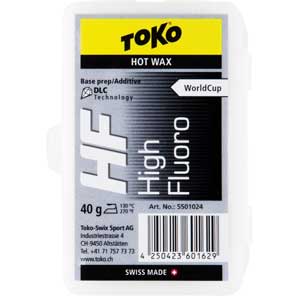

Toko HF Black for wet, dirty snow
2/11/2015 - By Toko
Toko HF Black is most effective in snow that contains both free moisture and dirt. It can be used straight or mixed with another wax such as HF Yellow depending on conditions.
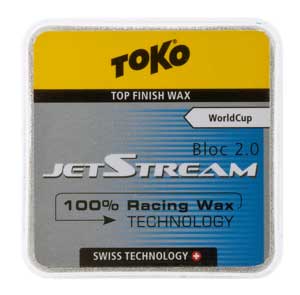

Stop prying eyes: Toko JetStream 2.0 waxes are all white!
1/7/2015 - By Ian Harvey
Over the past few years, teams had asked us to make the bloc waxes the same color so it was more difficult for prying eyes to see what they were using. For this reason, all 3 colors are white.


Field reports from the Rossland, Canada SuperTour Races
12/18/2014 - By Patrick O'Brien
Conditions starting out on Thursday and Friday were warm with lots of rain falling and temperatures above freezing. Temperatures were projected to fall a bit overnight but never dropped super low due to cloud cover...
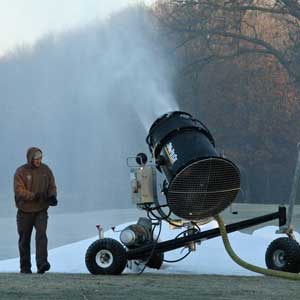

Waxing for artificial snow
12/14/2014 - By Dan Meyer
With warmer weather forecasted this week, the man-made snow at Huron Meadows Metropark and the Cross Country Ski Headquarters may be the only snow around. It seemed appropriate to post something about waxing for artificial snow.


Free prizes from TokoUS on Instagram
11/25/2014 - By Ian Harvey
Toko will send a pair of ski ties and a 3mm plexiscraper to anyone who gives @TokoUS a shout out on Instagram. You have to tag @TokoUS in order to qualify. After the shout out has been completed, dm @TokoUS with your mailing address.
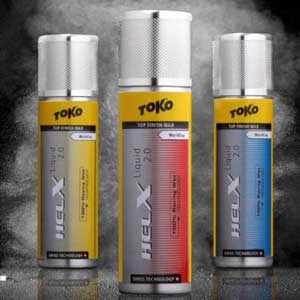

Toko introduces JetStream 2.0 and HelX 2.0
11/19/2014 - By Ian Harvey
Toko has introduced new versions of Helix and JetStream, and has updated the application method. Take note!
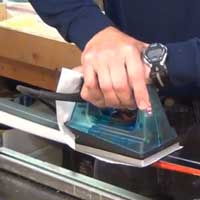

Base Saver protects base when ironing pure fluoro topcoats
2/4/2014 - By Fast Wax
One of the big mysteries in skiing has always been how to iron in the top coats without damaging your base? We're going to show you how using a new product called Base Saver.


Here's how we recommend you leave your skis for the summer
4/26/2013 - By Ian Harvey
Here are Toko’s recommendations for storage waxing of skis. First clean the skis well. This can be done with wax remover or by simply brushing the bases out well with a copper brush depending on how dirty they are. Then...


Glide waxing for very cold conditions
2/7/2013 - By Ian Harvey
The most basic aspect to cold waxing is that the base needs to be hardened a lot. Additionally the wax selection needs to be good. Application method is also critical.
Waxing for US Nationals: the 20K/30K classic
1/7/2013 - By Ian Harvey
The snow was quite abrasive and a 30k classic race including climbing up Hermod's Hill 6 times meant that maintaining kick was critical. Green klister covered by Base Green binder offered the best kick and the best glide and was clearly the most durable.

